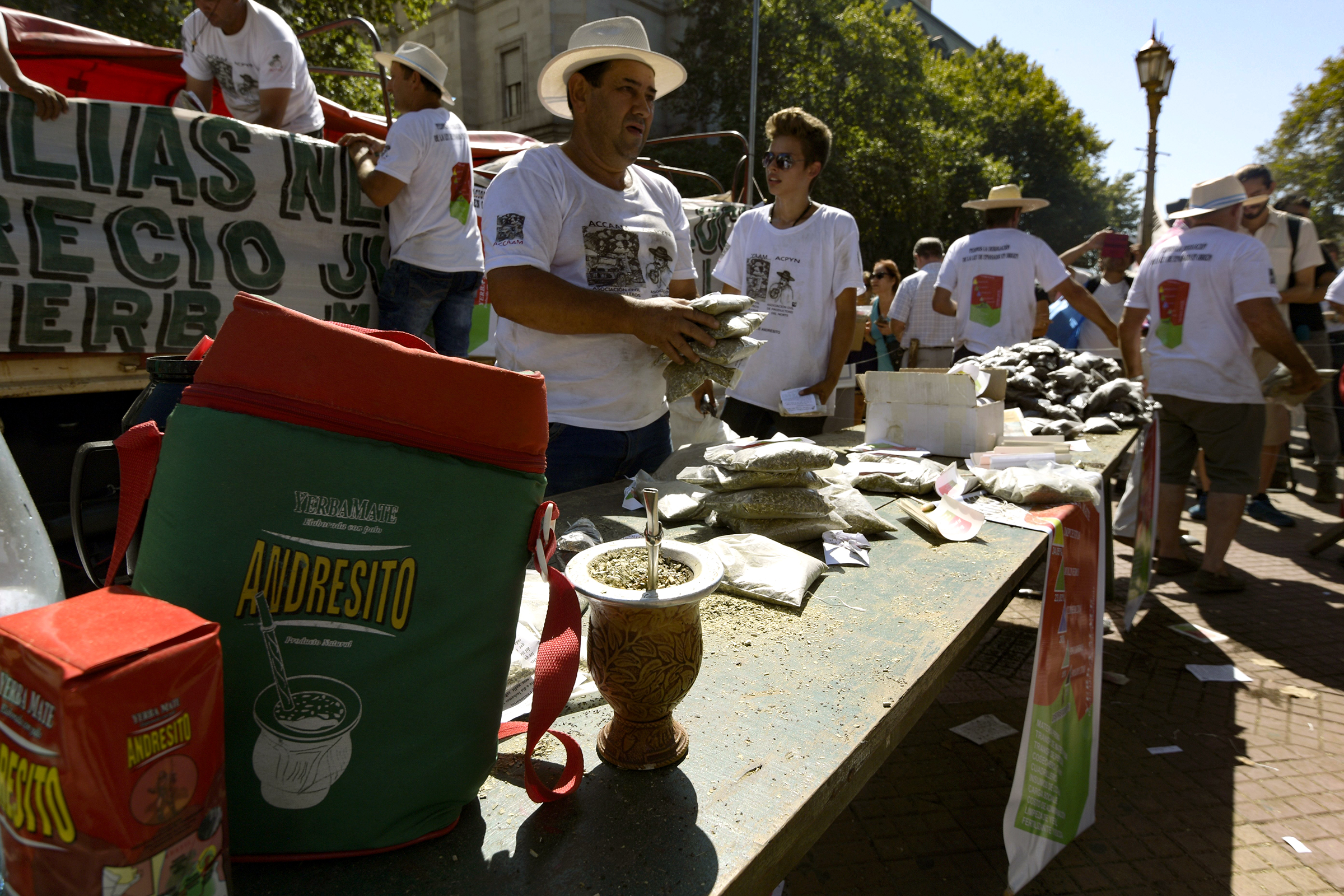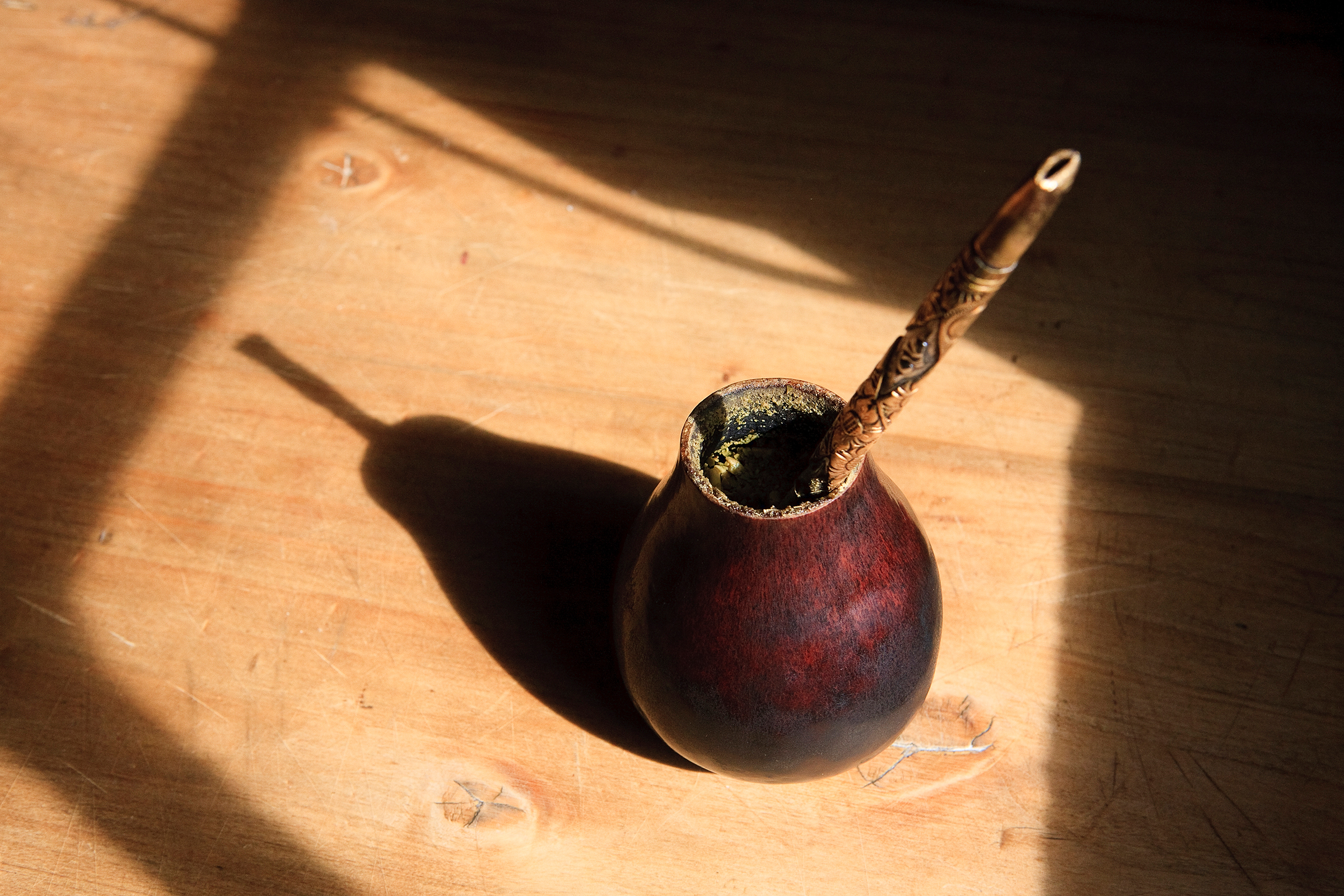The Guarani never could have imagined that their legendary herb would reach as far as the Middle East.
Lenten Campaign 2025
This content is free of charge, as are all our articles.
Support us with a donation that is tax-deductible and enable us to continue to reach millions of readers.
The word mate—or “mati”—means “gourd” in the Quechua language (spoken by a Native American people in Central and South America). Originally, it referred to the container from which the native peoples used to drink what is now the most consumed infusion in Uruguay and Argentina, and which is also popular (although less so) in Paraguay, Chile, southern Brazil, and Bolivia—and even in Lebanon and Syria.
Before Europeans arrived in America and began the consequent process of colonization, the Guarani were already consuming maté: they chewed the leaves, or used a cane to drink an infusion of the herb from a container made out of a particular variety of gourd.

Although Europeans became familiar with the plant around the year 1500, the herb wasn’t domesticated until the 17th century by the Jesuits, who began to cultivate it on a larger scale. While, at the beginning, the priests rejected the indigenous people’s habit of constantly drinking mate, they eventually adopted it themselves, and became the greatest popularizers of the Guarani plant.

The Company of Jesus (the Jesuits) intensified the cultivation of mate by using cultivation and irrigation techniques, as well as through organizing the labor of native peoples at Jesuit missions.
During the 17th and the first half of the 18th centuries, the cultivation and exportation of this herb reached its greatest peak, during which time it earned the nickname “green gold.”
After the expulsion of the Jesuits from the Spanish colonies in 1767, the production of mate on the plantations fell off. However, this didn’t decrease people’s passion for mate, which had already become very popular. In order to meet domestic demand, at the beginning of the 20th century Argentina once again domesticated the “Jesuit tea,” beginning its industrial cultivation there.
Mate, a world-wide taste
Argentina is currently the largest producer of mate in the world, followed by Brazil and Paraguay; and although Uruguay and Chile are the main consumers of mate in South America (after Argentina, of course), it is also consumed on a daily basis in Syria and Lebanon; the practice was introduced by émigrés to South America who later returned, bringing the custom with them.
Drinking this Guarani infusion, known as “yer-bahmah-tay” in Lebanon, “tereré” in Paraguay and “chimarrão” in Brazil, is a daily pleasure that can be enjoyed hot or cold. According to tradition, the various ways that maté is served have different meanings: if it’s served very hot, it suggests ardent love; served boiling, it indicates hatred; and served cold, it suggests contempt, while sweetened mate indicates friendship.
Originally called “Caá-Mate” (Gourd-Grass) by the Guarani, the drink seems to be something more than just an infusion, and given the enthusiasm of its drinkers, we could ask ourselves whether what the Guarani originally said might be true: that it is a magical plant.









